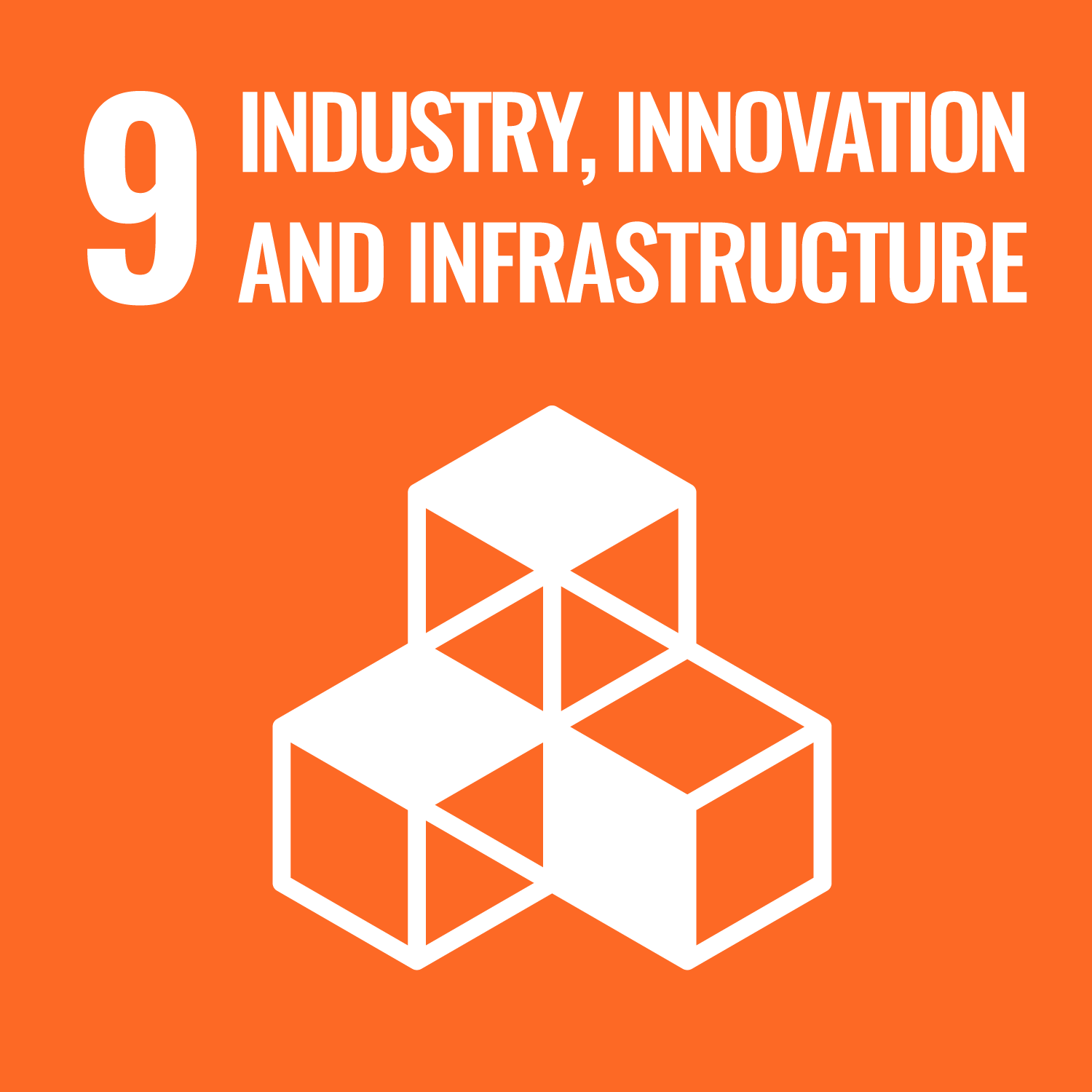Hammond, J., Rosenberg, M. and Brown, S. orcid.org/0000-0001-8229-8004 (2024) A genetic algorithm-based design for hydrogen pipeline infrastructure with real geographical constraints. In: Manenti, F. and Reklaitis, G.V., (eds.) 34th European Symposium on Computer Aided Process Engineering / 15th International Symposium on Process Systems Engineering. 34th European Symposium on Computer Aided Process Engineering / 15th International Symposium on Process Systems Engineering, 02-06 Jun 2024, Florence, Italy. Computer Aided Chemical Engineering, 53 . Elsevier , pp. 631-636. ISBN 9780443338977
Abstract
As industries grapple with net-zero constraints, increasing attention is directed at new hydrogen pipeline infrastructures that benefit from economies of scale and shared-use between producers and consumers. However, uncertainties in the design and cost of new infrastructure deters investment and, in turn, obstructs the progress of carbon-intensive sectors achieving net-zero targets (DESNZ, 2023). Accurate pipeline routing is a key stage when determining optimised infrastructure in network design models, such as AENI (Ejeh, 2023a). Routing needs to handle costly-to-cross areas, significantly impacting the capital and operational costs. This typically requires the traversal of complex environments, which can be represented as obstacles of two types: 1) hard obstacles that cannot be traversed, such as protected areas; and 2) soft obstacles that can be traversed with a higher financial cost, such as densely populated areas and difficult terrains. Previous attempts at modelling the routing of pipeline infrastructures have evaded hard obstacles (Heijnen et al., 2013), but none yet demonstrate a capability to design a path with considerations of penetrable but resistant (soft) obstacles. In this paper, we propose a two-step pipeline design methodology for a hydrogen network within an industrial cluster. A graph-based genetic algorithm (Rosenberg et al., 2021) defines the topological arrangement of new pipeline infrastructure in the presence of geographical constraints without using predefined corridors. Then, we apply a state-of-the-art MINLP model to define the dimensions based on commercially available sizes, with the objective of minimising the network's capital and operational costs. This paper's novelty is defined by its approach to design the topology of a spatially explicit pipeline infrastructure with considerations of hard and soft obstacles that represent real geographical constraints. The assessment looks at the regional case study of the Humber cluster in the UK, based upon infrastructural development plans for large-scale hydrogen production and industrial consumers (National Grid, 2022). We demonstrate the method's ability to consider geographical constraints to design practical pipeline routes.
Metadata
| Item Type: | Proceedings Paper |
|---|---|
| Authors/Creators: |
|
| Editors: |
|
| Copyright, Publisher and Additional Information: | © 2024 Elsevier B.V. |
| Keywords: | Chemical Engineering; Engineering; Resources Engineering and Extractive Metallurgy; Industry, Innovation and Infrastructure |
| Dates: |
|
| Institution: | The University of Sheffield |
| Academic Units: | The University of Sheffield > Faculty of Engineering (Sheffield) > Department of Chemical and Biological Engineering (Sheffield) |
| Depositing User: | Symplectic Sheffield |
| Date Deposited: | 26 Jul 2024 10:51 |
| Last Modified: | 31 Jul 2024 16:32 |
| Status: | Published |
| Publisher: | Elsevier |
| Series Name: | Computer Aided Chemical Engineering |
| Refereed: | Yes |
| Identification Number: | 10.1016/b978-0-443-28824-1.50106-x |
| Sustainable Development Goals: | |
| Open Archives Initiative ID (OAI ID): | oai:eprints.whiterose.ac.uk:215325 |


 CORE (COnnecting REpositories)
CORE (COnnecting REpositories) CORE (COnnecting REpositories)
CORE (COnnecting REpositories)